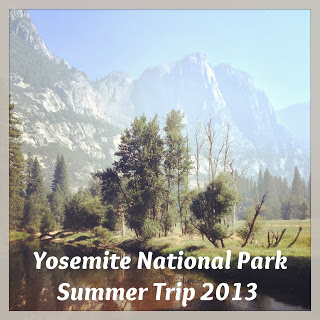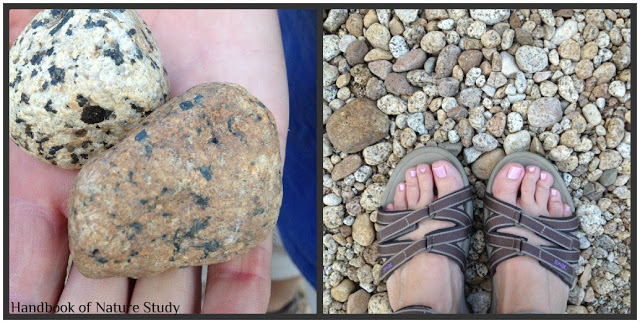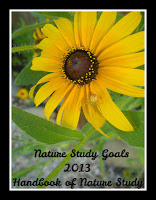Redwoods National Park – Tips and Hikes
We have spent quite a bit of time over the last decade exploring Redwood National and State Parks in Northern California. Redwood National and State Parks is actually a network of parks that cover an extended area.
Redwood National and State Parks
- Redwood National Park
- Prairie Creek Redwoods State Park
- Del Norte Coast Redwoods State Park
- Jedediah Smith Redwoods State Park
Near-by State Parks
You can view and download the most current park newspapers here: Redwoods Park Guide.
There are five visitor centers that operate with Redwood National and State Parks. You can find them listed here: Redwoods Visitor Centers.
As I tried to write this post, I realized the scope of what we have experienced in these parks is more than can fit into one neat little package. I know most of you probably think that Redwood National Park is just about the big trees but in reality, this park has such a diverse habitat that it really can’t be experienced just by getting out of the car and viewing the famous trees or even stopping at the visitor’s center.
Redwood National Park needs to be experienced by walking or hiking out into the forest where you can stand quietly and soak in not just the majesty of the trees but the melodic sound of birdsong, the fragrance of the forest floor as you walk, and the beauty of the wildflowers and ferns that crowd in the understory. Hiking trails are abundant.
There are beaches to explore with crashing waves. A fern canyon with the trickling sound of a stream is to be found at Prairie Creek. You can hike to a waterfall in Jedediah Smith Redwood Park…just past the Boy Scout Tree. I give the Boy Scout Tree Trail a five star rating because it is one you can truly experience the redwood forest while hiking virtually on your own. We have hiked this several times, continuing onto the waterfall, and have felt the awesomeness of this habitat like no other place.
I realize not all of you have as much time as I do to explore the redwoods. If nothing else, drive the Newton Drury Scenic Parkway or Howland Hill Road. Stop along the way, get out of the car, and just drink it all in. Take some photos of your children with this giant trees so they have a record of their visit. Maybe it will spur them on to bring their children some day.
Now for some glimpses into some of our family’s memories of Redwood National and State Parks.
My two youngest boys have accompanied us every redwood forest hike and visit. They love the opportunity to hike under these tall trees and love even more to find a fallen tree to walk on or crawl over. This is a boy’s playground and along the way the grow to appreciate how special a place this is to explore.
Many of the trails wind under and around the massive trunks, mostly smooth unpaved paths lined with ferns and other green plants. The sun peeks through from time to time but for the most part these hikes are in shadow.
Among the redwoods you will find many flowering plants. This surprised me the first time but the splashes of color cannot be missed with all that green for a backdrop. Redwood Sorrel carpets the forest floor and has delicate flowers.
At the Lady Bird Johnson Grove, the rhododendrons bloom like crazy. We enjoyed this hike on our first visit to Redwood National Park and I have never forgotten its beauty. This is an easy hike that your whole family can enjoy. It was more crowded than some of the other hikes but still worth the effort.
This was a memorable day for our family and I am so glad we were able to have a fellow hiker snap a photo for us. We had such a great hike together, teenage boys can be such fun. Now that they are growing up, I can appreciate the times we spent outdoors experiencing things together.
This is Fern Canyon at Prairie Creek State Park (Part of the series of redwood parks near the national park.) We were able to hike all the way up the canyon from Gold Bluff.
This is Fern Falls at the end of the Boy Scout Tree Trail in Jedediah Smith State Park. We had a picnic lunch here at the base of the falls and I remember working in my nature journal as well. A great hike and a great day!
This is the coastal beach at Gold Bluff at Prairie Creek Redwoods State Park. Lots of room for boys to run off some steam along the sandy beach.
Roosevelt Elk can usually be seen within the national park. We have found a herd along Davidson Road several times, right off the highway.
Here is a typical landscape seen during a hike among the redwoods. Amazing! I never get tired of it even after visiting many, many times.
I told you…boys love to find a fallen tree and climb up. It almost always merits a photo.
This image was from our last trip to Jedediah Smith Redwood State Park. We took the drive along Howland Hill Road, practically all to ourselves. We parked the car at a turnout and walked about a mile along the road. It was quiet, damp, and so very enjoyable. It is mostly unpaved and very narrow so don’t take an RV or trailer. We have done this drive four times and have never found traffic to be an issue. One time the road was closed so check at the visitor’s center before heading up.
Here are a few other things to do if you are still looking for just the right activity for your family:
Things to Do Redwood National Park.
We have experienced Redwood National Park in summer, autumn, and winter. All were enjoyable with the appropriate clothing. The north coast of California can be damp at any time of the year so plan to layer up. June has been the driest and sunniest time to visit the park.
You can read more about our redwoods experiences here:
Redwood Dreams – 2010
Hiking Jedediah Smith Redwoods – 2011
We have camped at:
Patrick’s Point State Park
Prairie Creek State Park
Jedediah Smith State Park
If you don’t want to camp, you can stay in near-by Crescent City, CA.























